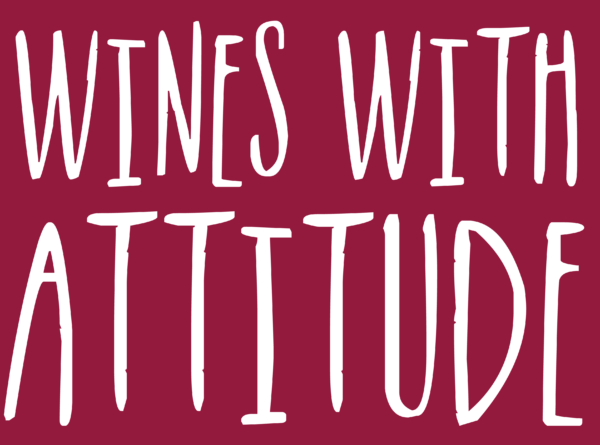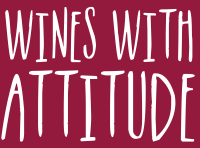No products in the basket.
7 tips for buying wine online
7 tips for buying wine online We read frequent reports about how e-commerce in the UK is growing and that includes a trend amongst time-pressed wine lovers towards buying wine online. But there are some things to be aware of when looking at wine e-commerce and I don’t mean in this instance the large scale wine investment scams – I will write about wine fraud at a later date. I’m writing here about little tactics that wine retailers use online – and sometimes in store – to persuade you to buy their wines. I see these “tricks” used over and over again as I research wines for my website and look into the competition and they make my blood boil. At best, these practices are deceitful and dishonest. So if you are buying wine online make sure you follow the steps below. COMPARE APPLES WITH APPLES – OR CHABLIS PREMIER CRU WITH CHABLIS PREMIER CRU I don’t know why but some people seem to delight in telling me that they have found one of my wines cheaper somewhere else. Let’s set aside the fact that I don’t aim and can’t afford to be the cheapest in the market given that Wines With Attitude is a small but niche company that prides itself on its excellent customer service rather than on bargain basement prices (read the testimonials to see what customers think). What I usually find when I follow up on these claims is that the wines are simply not the same wines at all. Recently my Reyneke Reserve Cabernet Sauvignon was on a price comparison site with Reyneke Reserve Red; they are both red wines, both made by the fabulous South African producer, Reyneke, but completely different wines produced in different ways from different grapes and as a result in different price brackets. One region that can cause a lot of confusion in this respect is Burgundy. All Burgundy white wines are 100% Chardonnay but they can vary in quality depending for example whether they are “basic” Burgundy, village wines or single vineyard premier cru wines and depending on the producer (read my blog on Burgundy for more detail). In terms of the producer, there is confusion because of the way that the Burgundian vineyards have been split up over time under the Napoleonic Code and so you may find more than one producer of what looks like the same wine as it is from the same wider vineyard e.g. Chablis Premier Cru Les Vaillons is a vineyard split into different parcels owned by different producers. Some names are just confusing and, in this instance, I don’t think there is always an intention to confuse the wine consumer. For example I have seen Eperosa’s Stonegarden Grenache (out of stock) on sale outside the UK as Eperosa Stonegarden but there is also an Eperosa Stonegarden Shiraz. Stonegarden is the name of a single vineyard but the vineyard contains Grenache and Shiraz (and Mataro or Malbec) but the two wines mentioned are very different. These are just a few examples – rule 1 is to make sure you know exactly what it is you are buying. Of course all the detail about the wine should be explained in the description of the product. READ THE WINE TASTING NOTES – IF THERE ARE ANY & PERHAPS WITH A PINCH OF SALT Many wine retailers – and I mean MANY – simply put the wine producer’s wine tasting notes on their website or shelf. Nothing wrong with that perhaps but very often they are not labelled as the producer’s description and to be very honest some of them are a bit wishy washy and vague, others frankly quite weird. Here’s an example of a wine description from a fairly well-known brand, see what you think… “The ‘I’m so famous that there are children named after me’ wine. The wine that has the perfect mix of tropical fruit and spicy oak flavours that had the country in a frenzy longer than it takes to find the perfect LBD.” Some retailers pinch their wine descriptions from other merchants – I have had this happen to me several times. I was told by one of these retailers that I should be flattered; however they are profiting from my hard work and it can take a long time to put the tasting notes together. Grrr! And perhaps worst of all are the wine merchants who don’t include any description of the wine – now I will admit that sometimes my wine tasting notes are a little late to the website and sometimes my descriptions can be a bit wordy but since you can’t taste or smell the wine before buying it I figure that I should try to describe it as best I can. But really, no description at all?? Sadly I see this on a lot of wine websites. CHECK YOUR DATES Make sure the wine on sale is from the vintage that you are looking for because for most decent wines from most wine-producing regions there will be vintage variation. This is why I don’t automatically stock the next vintage of my wines but only add them if I have checked them out first to make sure they are as good as or better than the previous year. Not all wine companies do this. Worse though are the websites that don’t tell you the vintage at all, though fortunately they are few and far between. CHECK THE NUMBERS i.e. make sure that any validations of the wine are valid. I see this ruse too frequently. Putting a 95+ Parker Point rating or a Platinum medal from X or Y competition into a wine description can help sell wine. But sometimes when you dig deeper, you find out that the 95+ rating or platinum medal was for a previous vintage of the wine and the current vintage being sold was awarded “only” 89 points and a bronze medal. I see this practice used by a few winemakers





